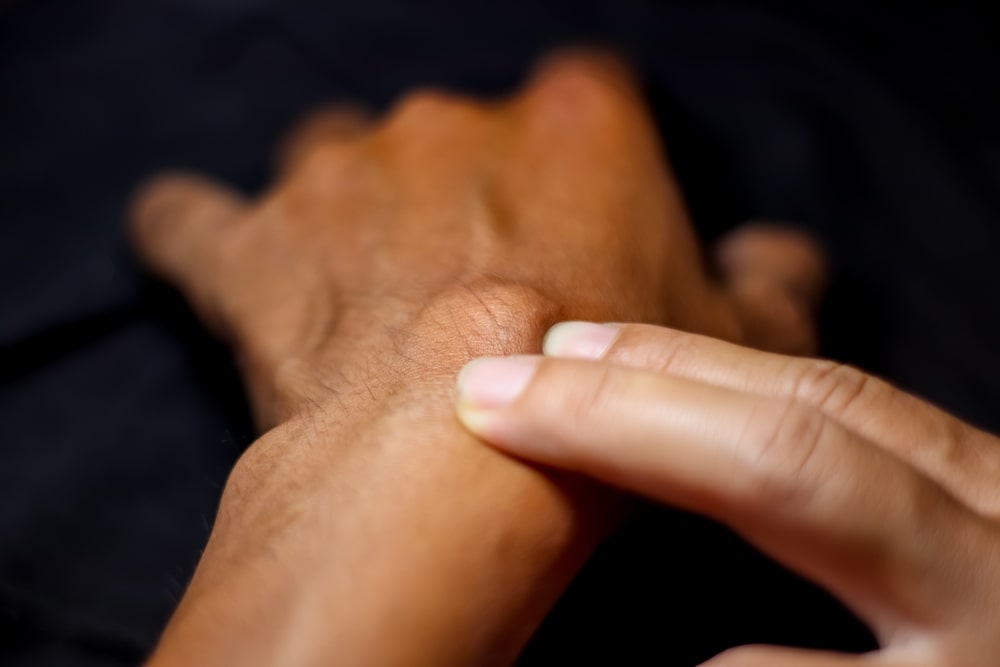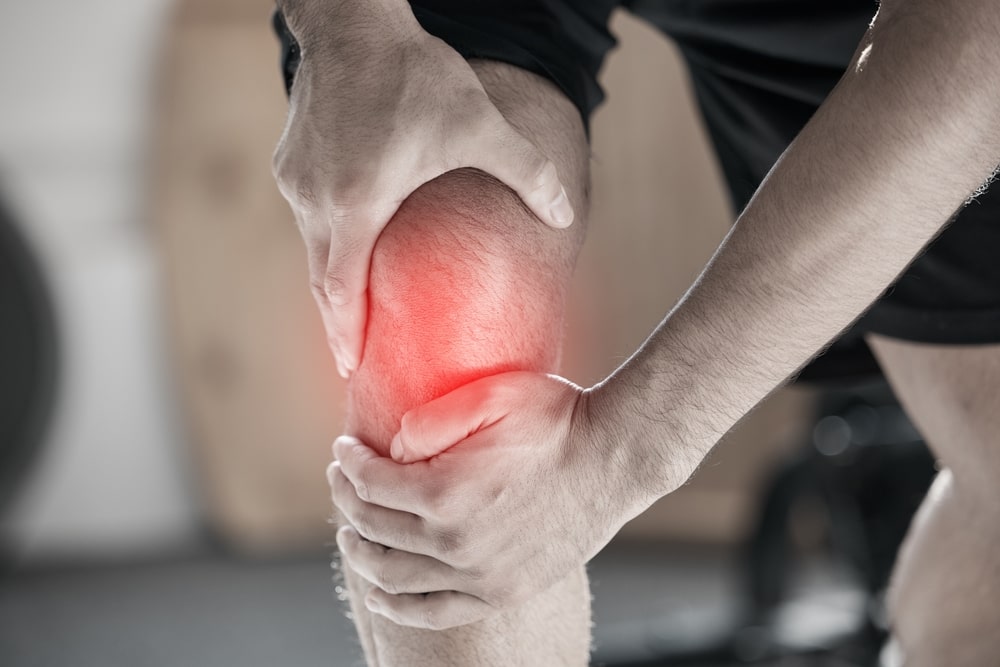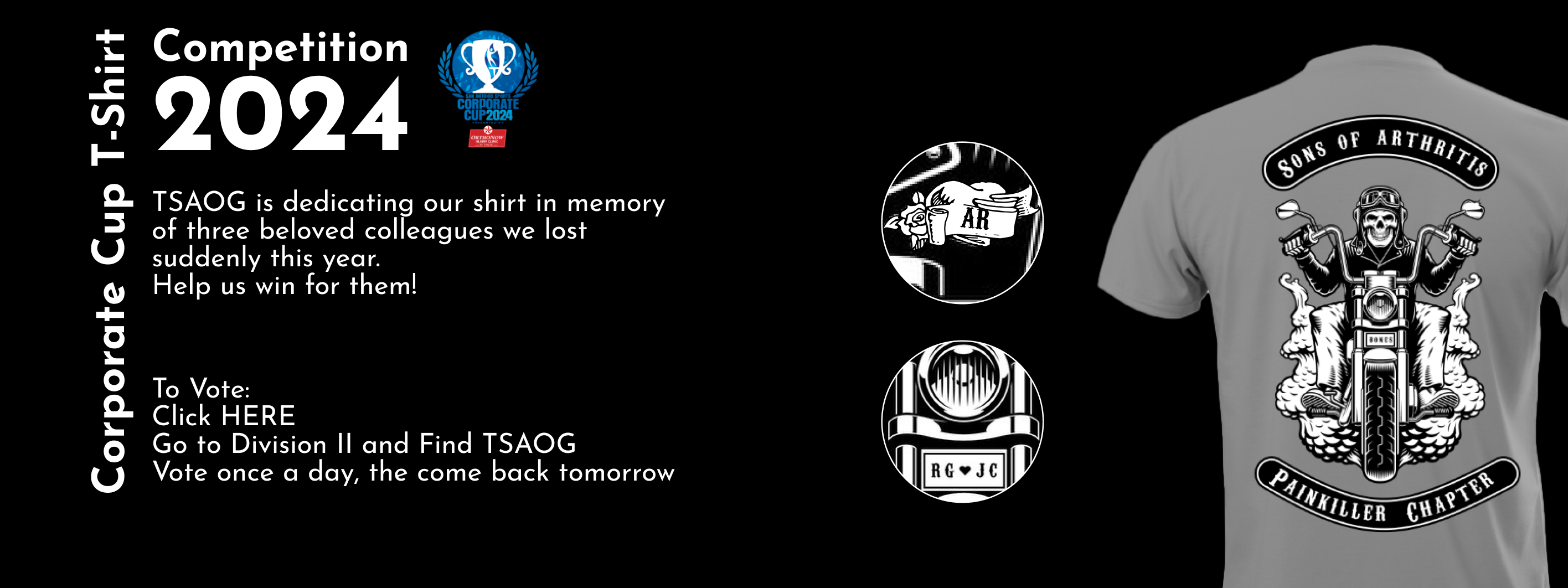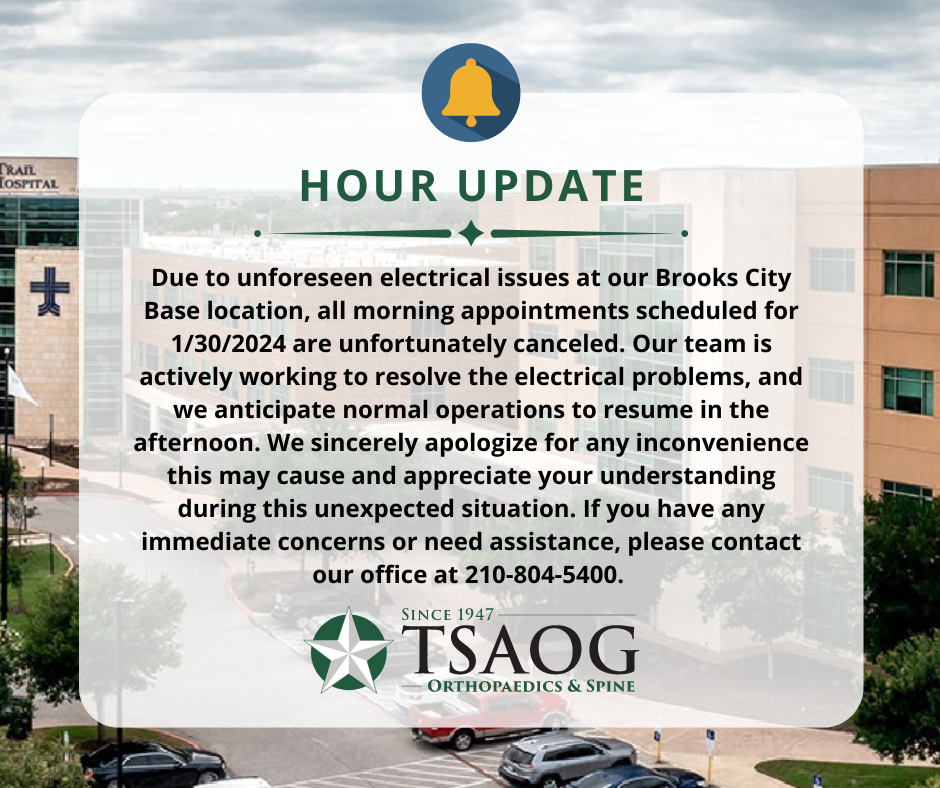Hamstring injuries are very common in sports and can involve any part along the entire length of the muscles and tendons from the hip to the knee. The hamstring origin is found on the part of the pelvis called the ischial tuberosity, which is easily felt as it is the hard bone that we all sit on in our buttocks. The majority of the muscles form a common tendon that attaches in this area. The muscle bellies considered the hamstring muscles are found on the back of the thigh. The hamstrings attach below the knee on the upper tibia and fibula – the two bones that make up the lower leg.
Injuries can happen at any point along this course, but hamstring injuries involving the tendons attaching to the lower leg are quite rare. When they do occur, these injuries usually involve the tendon from the biceps femoris muscle that attaches on the upper fibula. Injuries to this tendon are mostly associated with high energy injuries such as a knee dislocation or a significant ligament injury to the knee. As you can imagine, there is often additional damage found alongside this type of injury. Unfortunately, these types of injuries commonly need complex surgical repair and other reconstructive procedures. The tendons that attach to the inside part of the lower leg are usually not injured significantly but can be involved with bursitis (when the fluid filled sac that envelops the tendons gets inflamed). This can be treated with conservative means in the majority of cases.
Injuries to the muscle bellies themselves are the most commonly seen hamstring injury. These are often the easiest to recover from, but are also known for sticking around and being nagging injuries throughout an athlete’s season. This has been the case with numerous professional athletes, including Miles Austin of the Dallas Cowboys. These muscle belly injuries almost always heal without any need for an invasive procedure but they need time, something many athletes can be reluctant to allow for. Not allowing enough time for this type of injury to heal can lead to chronic problems and reinjury.
Another location of injury to the hamstring complex is at its origin on the ischial tuberosity on the pelvis. With explosive maneuvers, such as the beginning of a sprint or during the start of water skiing, this area sees a tremendous amount of stress. The entire hamstring complex origin can pull off the ischial tuberosity with or without a piece of bone. If it does so and retracts away from the ischial tuberosity it will most likely require surgical repair. There are numerous studies to indicate that patients that have it repaired do better than those who do not. One of the major nerves to the lower leg – the sciatic nerve – travels very close to the ischial tuberosity and can be involved in the scar that forms if these injuries are not treated surgically relatively soon after injury. If this is the case it can be a significant source of ongoing pain. Patients with chronic tears and sciatic nerve irritation also do well with repair and removal of the scar tissue in this area although the surgery is slightly more complex.
If you have acute injury with weakness and significant bruising or simply a nagging discomfort that is present in this area, I recommend you have it evaluated by a physician. Hamstring injuries are often accompanied by a significant amount of bruising and pain. At times the entire back of the thigh and groin can be black and blue due to the bleeding that occurs. Consulting with a physician will help you understand the extent of your hamstring injury and your best options for treatment and rehabilitation.
Dr. Christian Balldin is an orthopaedic surgeon, fellowship trained in sports medicine, with The San Antonio Orthopaedic Group. He treats patients aged 3 years and up for all orthopaedic conditions with the exception of the spine. To learn more about Dr. Balldin, visit his web page here. To schedule an appointment with Dr. Balldin, call 210.281.9595.















